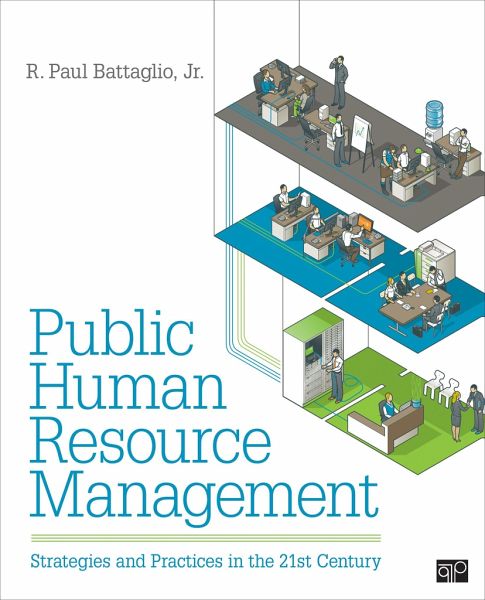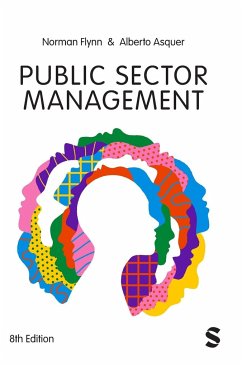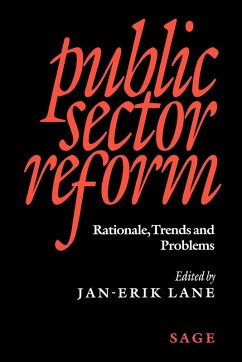Nicht lieferbar

Public Human Resource Management
Strategies and Practices in the 21st Century
Versandkostenfrei!
Nicht lieferbar
This book offers a novel take on public human resource management (PHRM) by providing practical guidance for practitioners operating in a drastically reformed HR environment. Reviewing foundational topics like recruitment and retention, pay and benefits, equal employment opportunity, and performance appraisal in light of five key reforms (decentralization, deregulation, declassification, privatization, and performance-based pay), author R. Paul Battaglio assesses how the traditional practice of public HR has changed-and not necessarily for the better. New material on human resource information...
This book offers a novel take on public human resource management (PHRM) by providing practical guidance for practitioners operating in a drastically reformed HR environment. Reviewing foundational topics like recruitment and retention, pay and benefits, equal employment opportunity, and performance appraisal in light of five key reforms (decentralization, deregulation, declassification, privatization, and performance-based pay), author R. Paul Battaglio assesses how the traditional practice of public HR has changed-and not necessarily for the better. New material on human resource information systems, managing motivation in the public sector, and public HR management education is included - a topic rarely found in contemporary PHRM texts. Public Human Resource Management is an essential guide to public HR management and navigating the challenges and opportunities posed in the changing landscape of HR reform.







